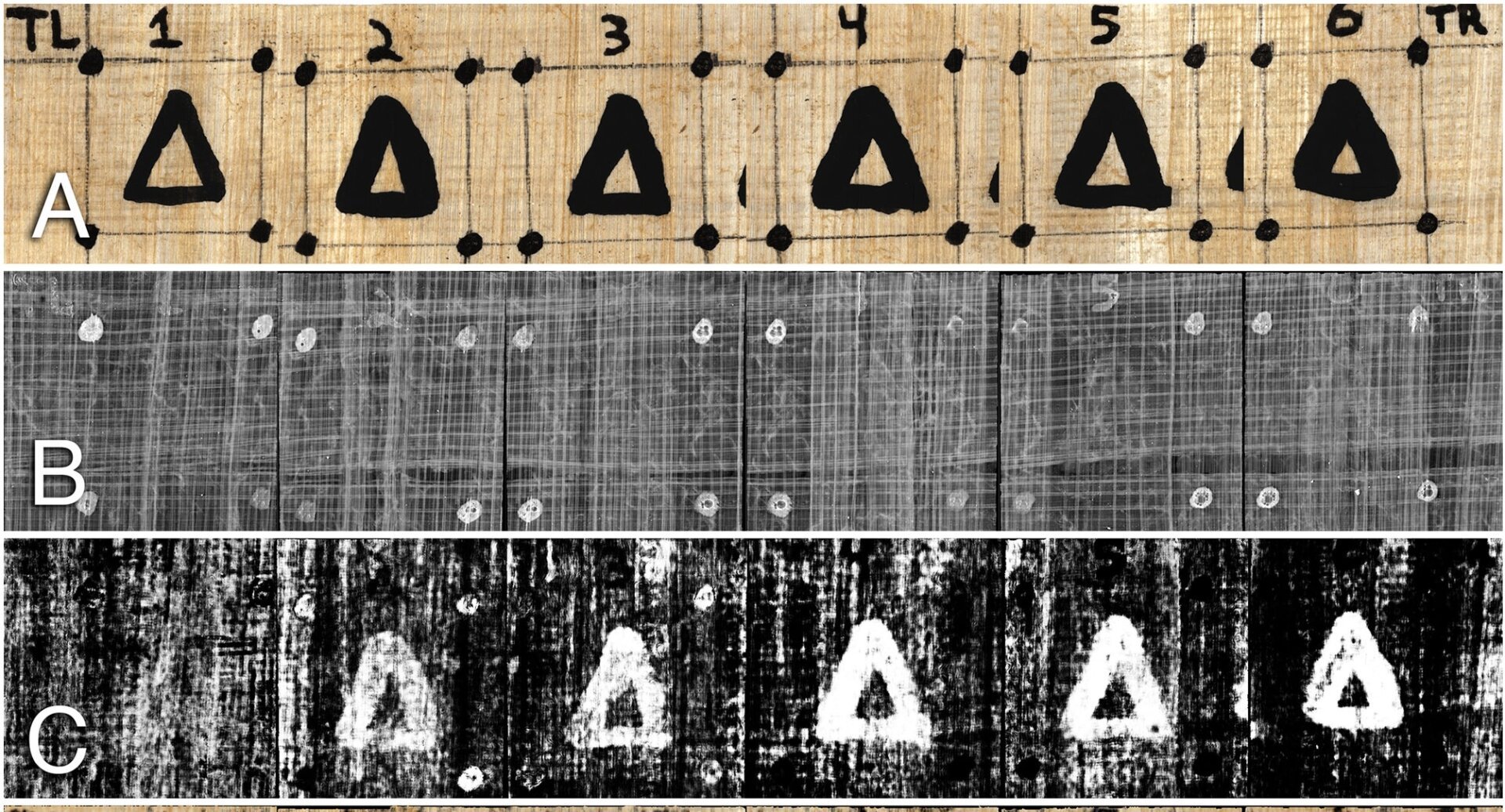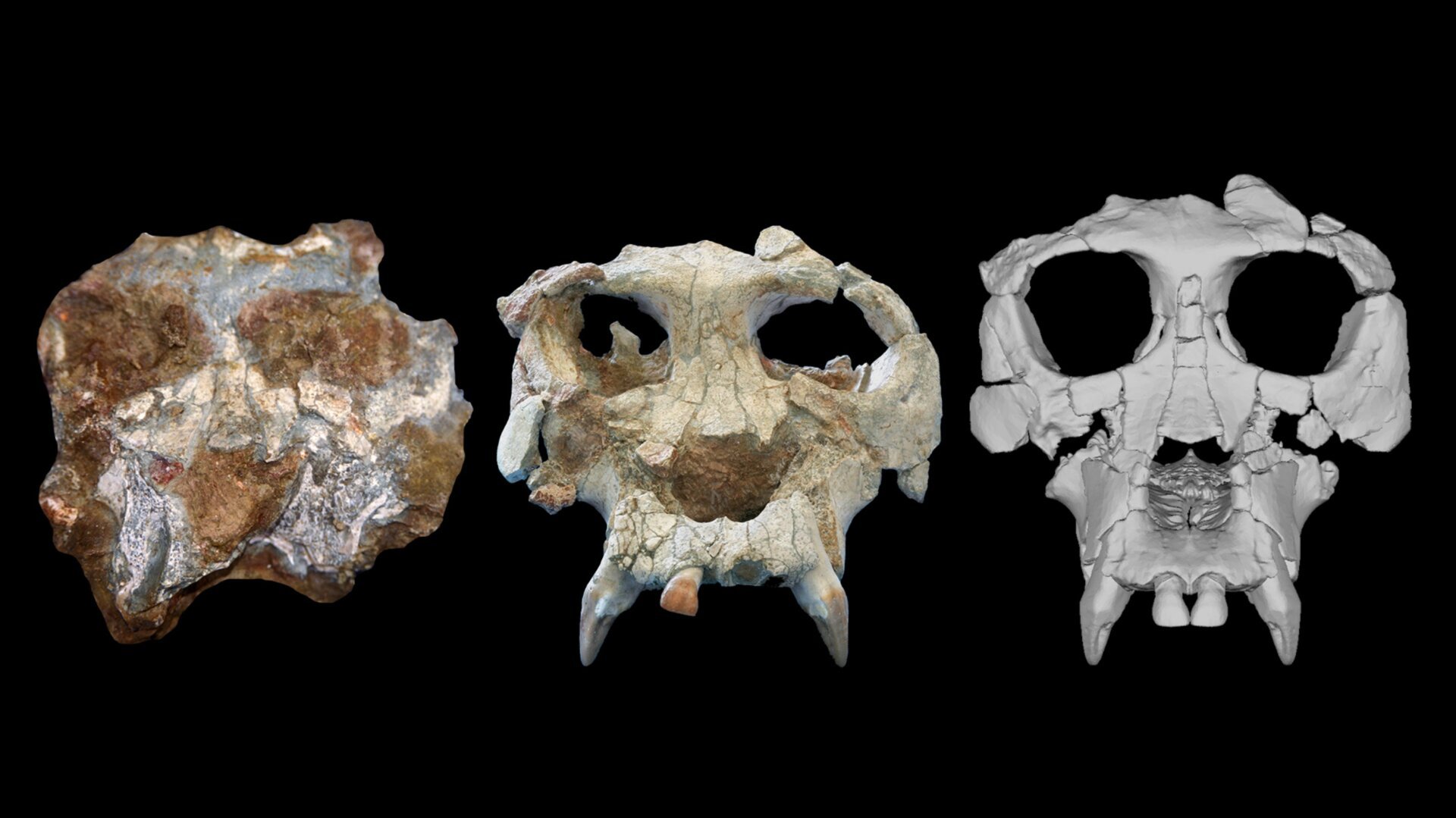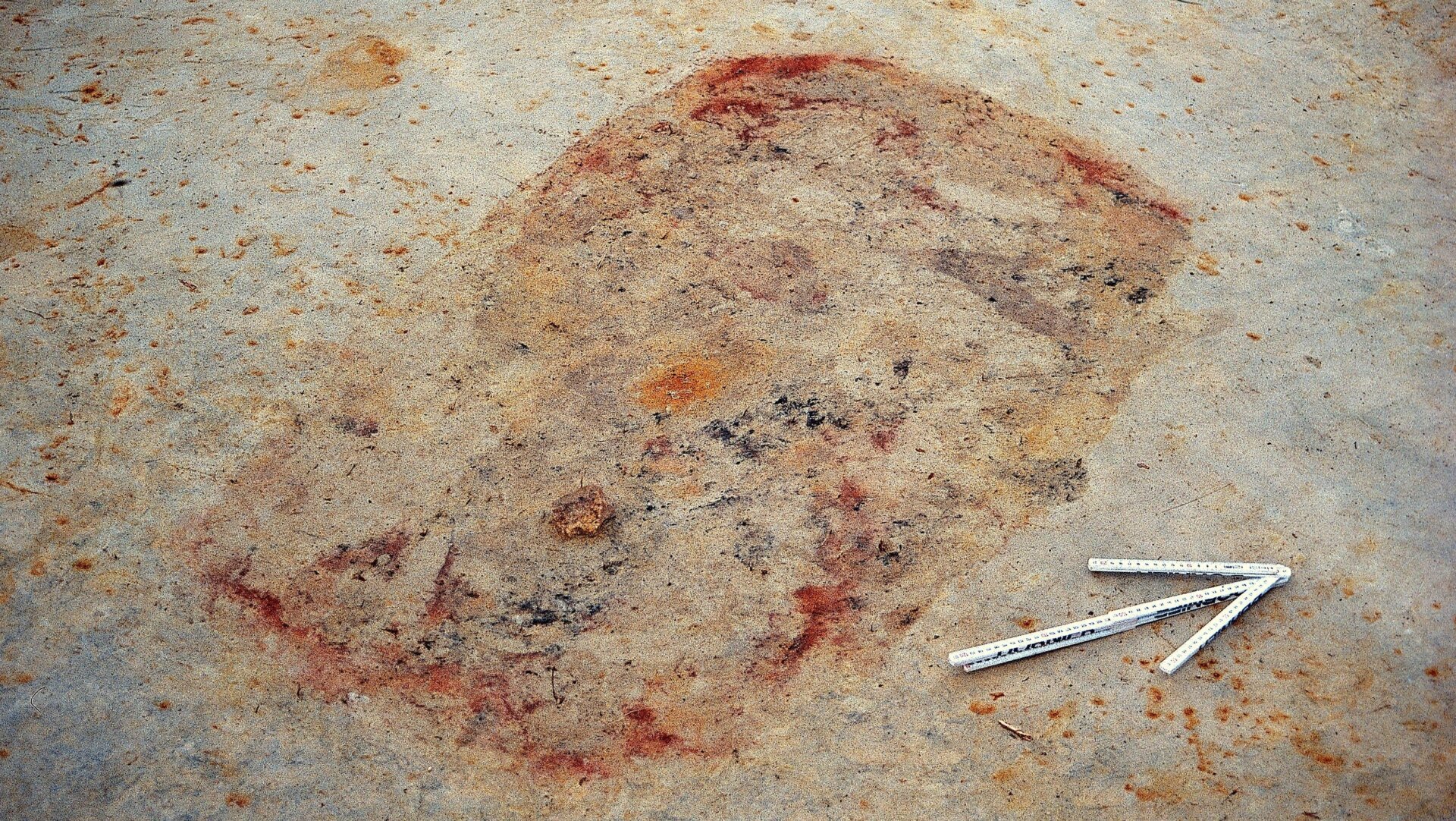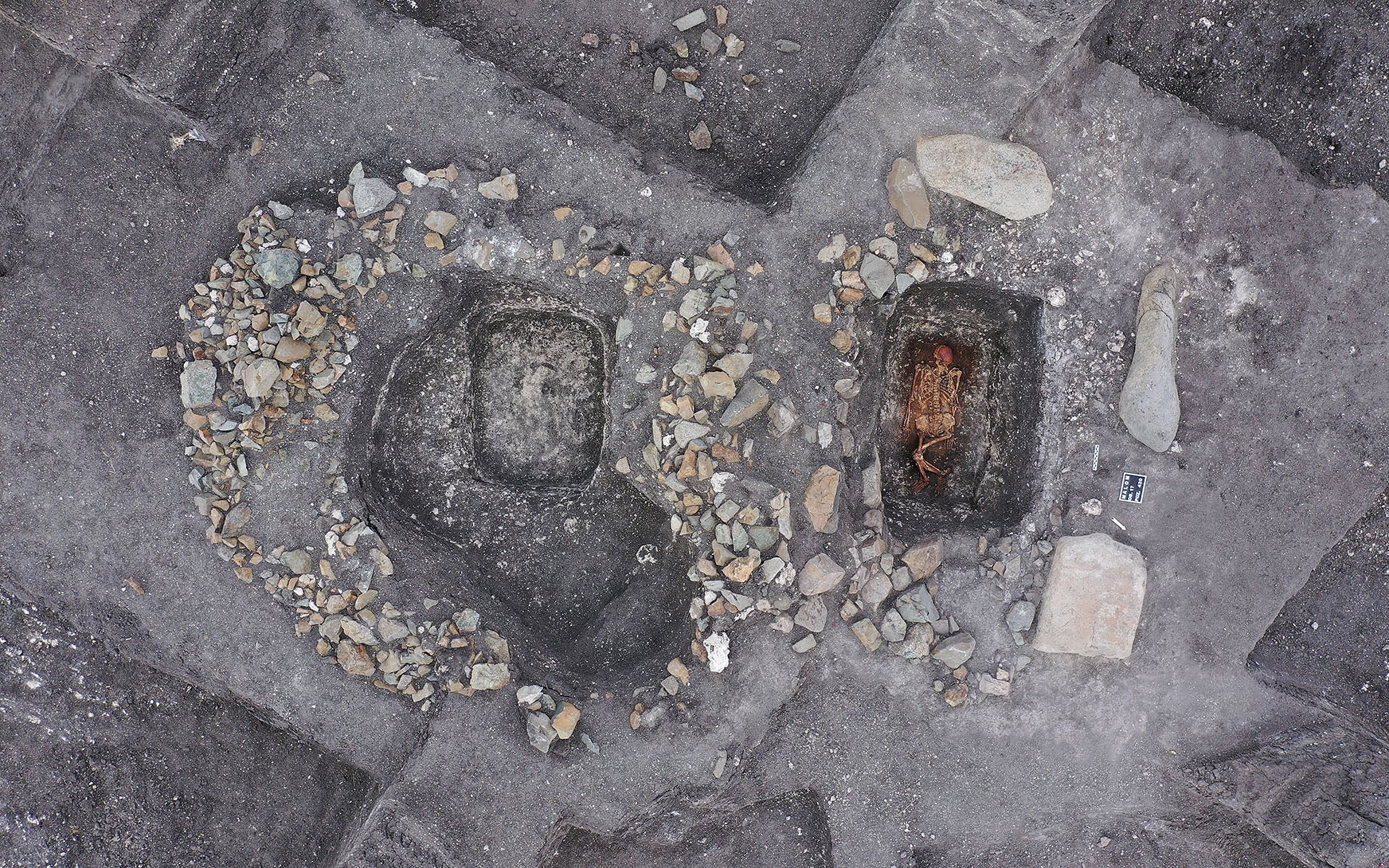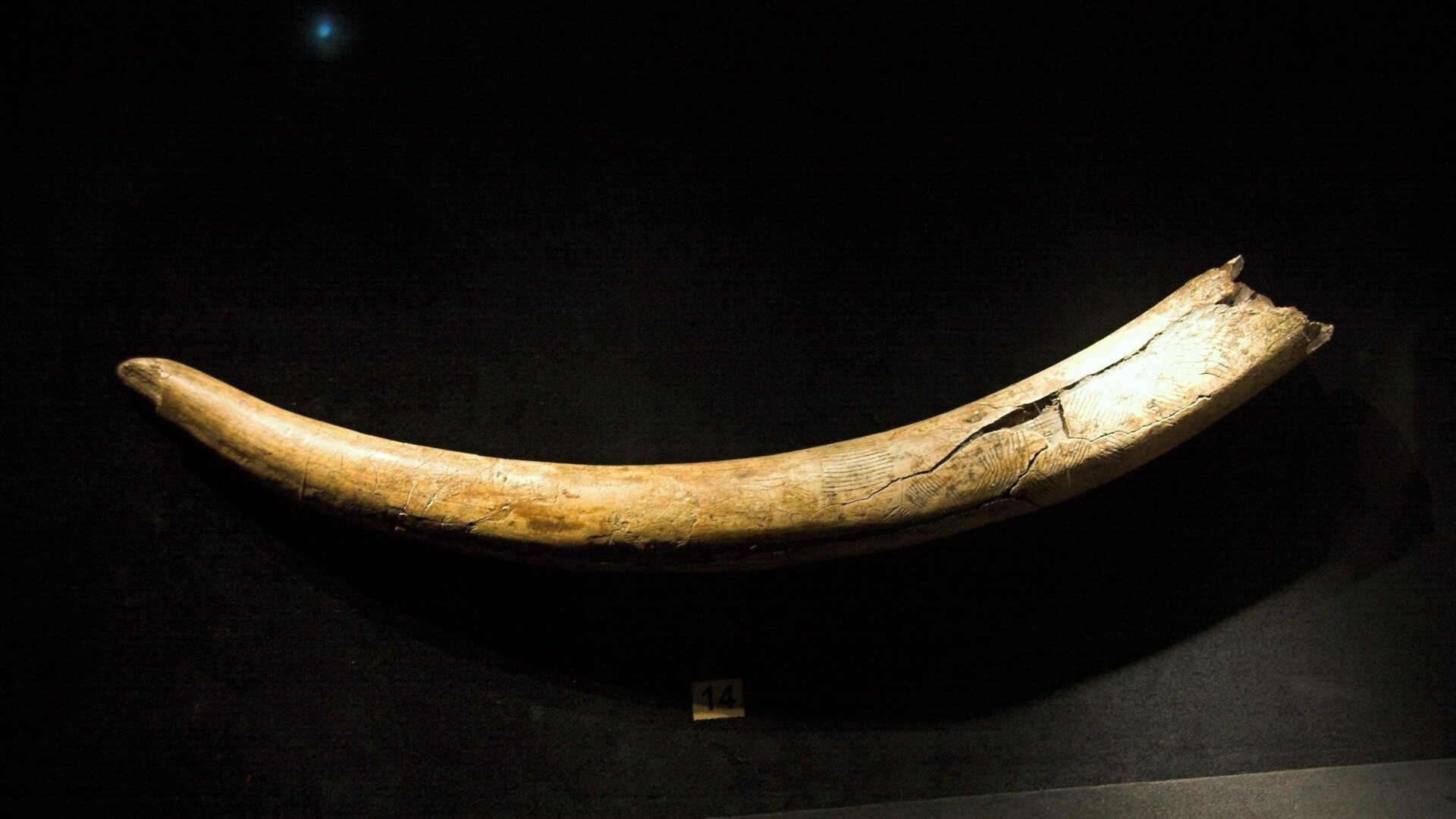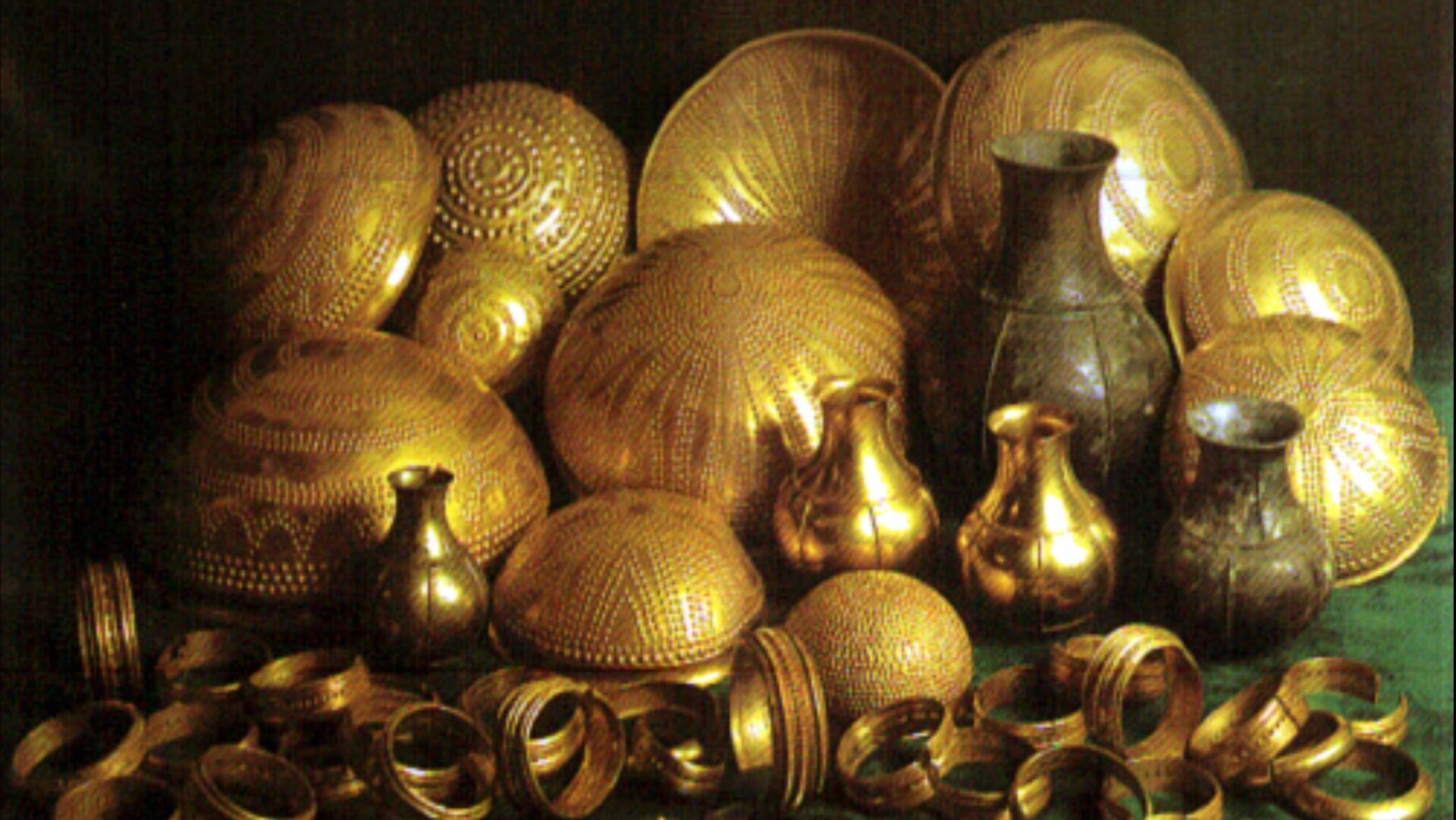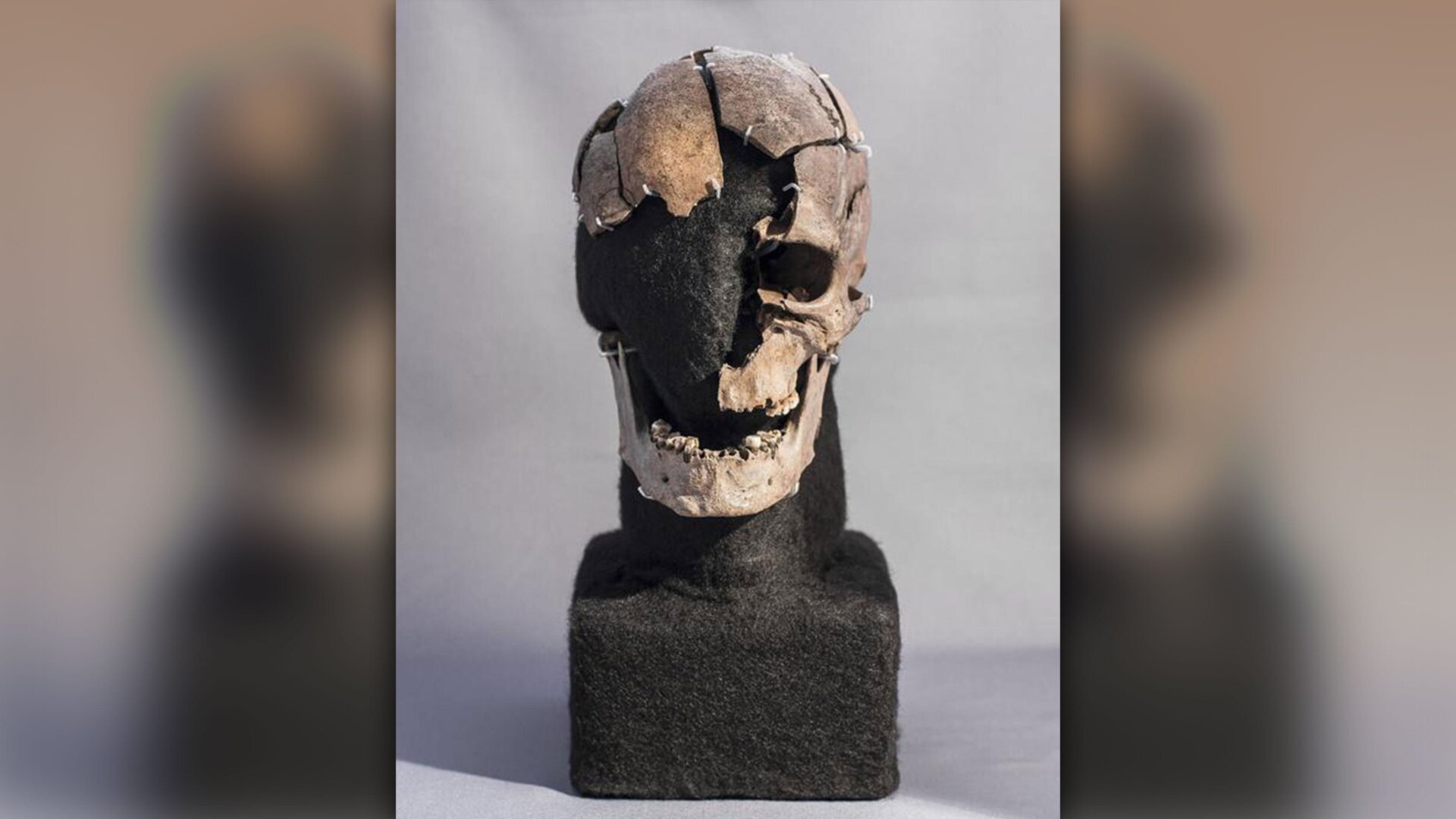The first word has been deciphered from an unopened, carbonized scroll retrieved from the Roman town of Herculaneum, marking a significant milestone in the $1,000,000 Vesuvius Challenge. This competition aims to unlock the secrets held within the papyri buried by the eruption of Mount Vesuvius in 79 AD. The deciphered word? “Purple.”
Luke Farritor earned the distinction of first discovery, winning $40,000. Youssef Nader independently identified the same word shortly after, securing the second-place prize of $10,000. This breakthrough, announced this week, offers a glimpse into the potential for unveiling further textual treasures from the ancient scrolls.
These scrolls, inked documents residing within Herculaneum’s Villa of the Papyri, were tragically preserved when Vesuvius erupted, burying the town and its more renowned neighbor, Pompeii, in volcanic ash. This catastrophic event, while destructive, inadvertently provided a remarkable opportunity for preservation. The towns remained untouched until the 18th century, when a farmworker discovered the carbonized scrolls in 1750. Early attempts to unroll the fragile scrolls, however, led to their damage. While some were successfully unrolled over decades by an Italian monk, over 600 remain unopened, awaiting the advancements of modern technology.
“These texts were penned by human hands during a pivotal era—a time of emerging world religions, the reigning Roman Empire, and vast unexplored territories,” explains Brent Seales, a computer scientist at the University of Kentucky and principal investigator of the Digital Restoration Initiative. “A considerable amount of writing from this period has been lost. But today, the Herculaneum scrolls are being rediscovered.”
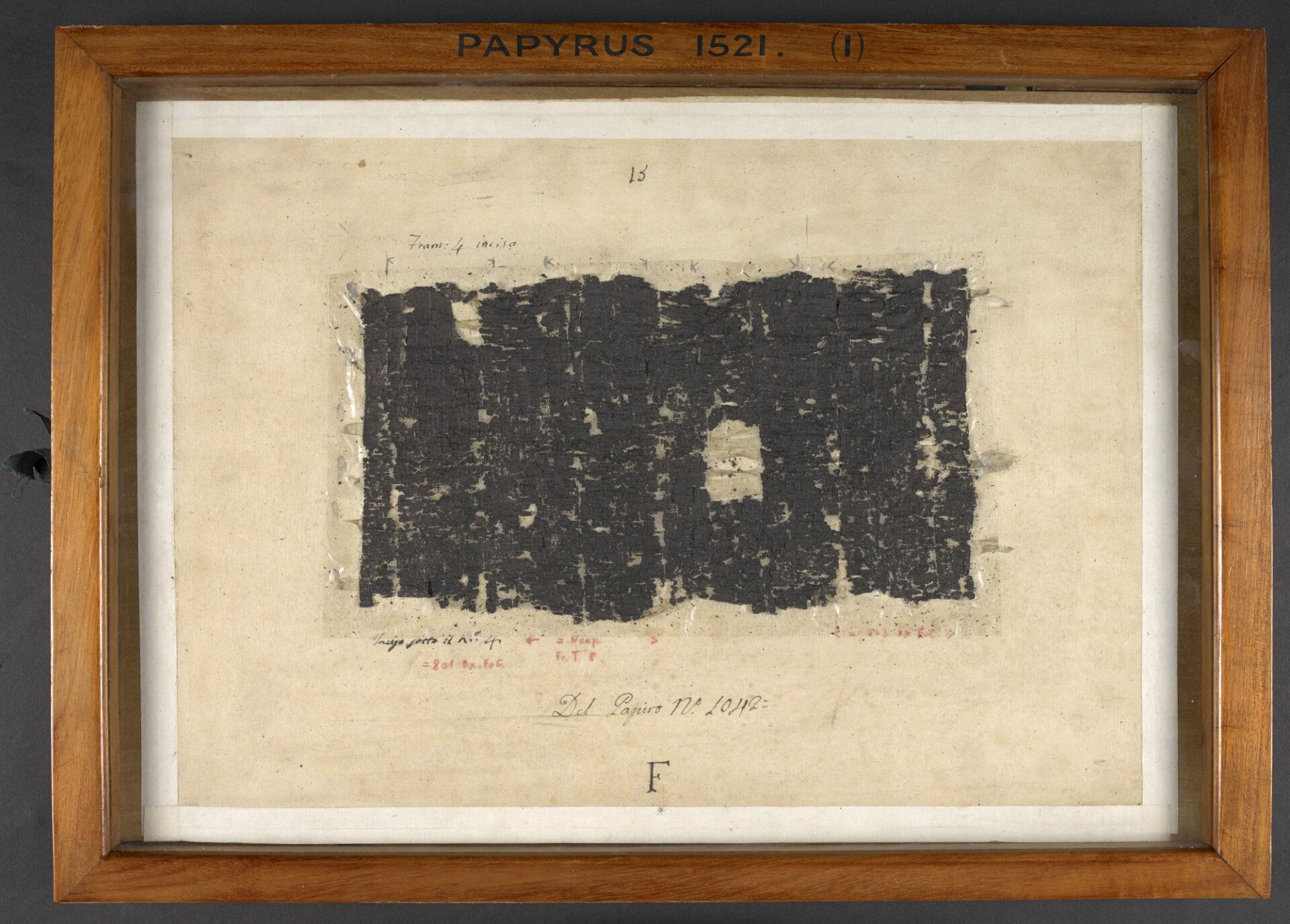 A Herculaneum papyrus in the British Museum.A Herculaneum papyrus fragment preserved in the British Museum, showcasing the delicate nature of these ancient texts. Photo: Wikimedia Commons
A Herculaneum papyrus in the British Museum.A Herculaneum papyrus fragment preserved in the British Museum, showcasing the delicate nature of these ancient texts. Photo: Wikimedia Commons
The technology to decipher these scrolls without causing further damage is now a reality. In 2015, a team from the University of Kentucky successfully read a Dead Sea scroll without physically opening it. Employing X-ray tomography and computer vision, they created a 3D model of the scroll, complete with writing, which could be virtually unwrapped.
This innovative program, known as the Volume Cartographer, utilizes micro-CT imaging to produce high-resolution images of the characters within the scrolls. While document scanning technologies often rely on detecting metals in ink, the Herculaneum ink is carbon-based. To overcome this challenge, researchers developed a neural network to identify patterns in the scan data that indicate the presence of ink, even on unmarked papyrus sections. This process for recovering the Herculaneum ink was detailed in research published in 2019.
The ‘unwrapped’ scrolls are housed at the Institut de France in Paris and are believed to have belonged to a Roman statesman. These documents represent a selection of those excavated approximately 275 years ago.
X-rays have proven invaluable for understanding various aspects of ancient documents. In 2022, researchers at the SLAC National Accelerator Laboratory utilized X-rays to analyze parts of a Gutenberg Bible and an early Korean text. Their aim was to understand the printing processes used, shedding light on the development and spread of printing technology globally.
Earlier this year, another research team employed X-rays directly on the 2,000-year-old remains of Pompeii victims. By studying the chemical composition of the victims’ bones using X-ray fluorescence, they concluded that those individuals likely perished from asphyxiation due to toxic gases, rather than from pyroclastic flows or magma currents.
The grand prize of the Vesuvius Challenge—$150,000—awaits the first individual to decipher four passages of text from the scrolls’ inner layers by the end of the year. This meticulous, non-invasive approach to deciphering the Roman scrolls is yielding remarkable results, particularly for those with the skill to interpret the carbonized ink hidden within.



